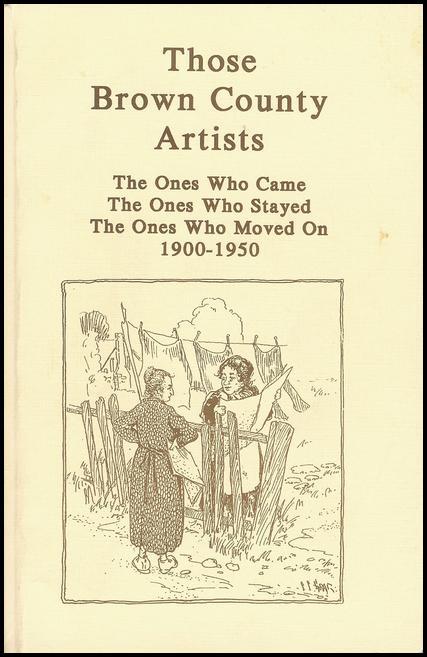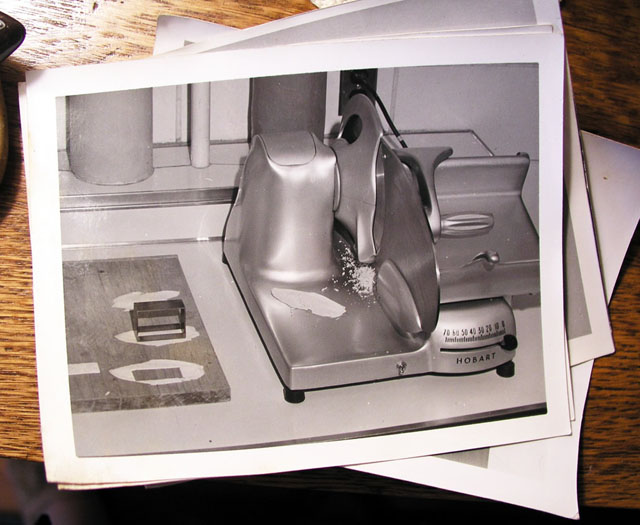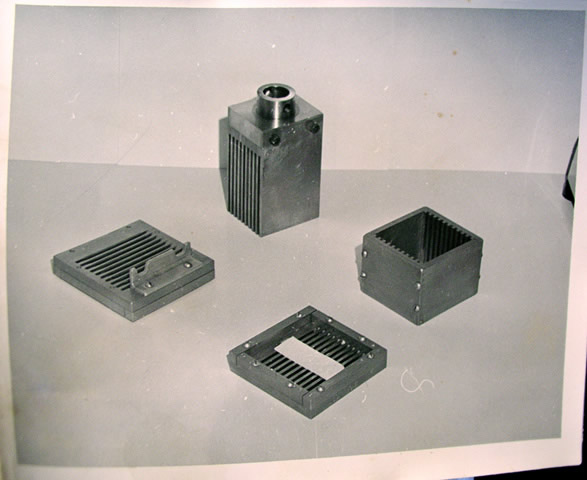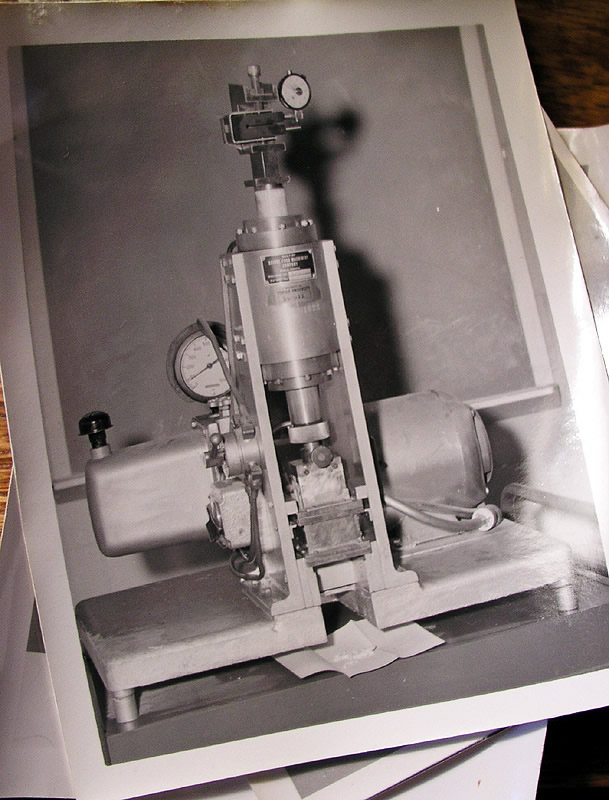In 1960 when Marilyn Monroe died, a young man named Raymond Wise was working on his PhD. thesis in Food Science. The particular problem he was trying to solve was how to speed up the process of rigor mortis in turkeys on their way to market. You see, it takes 24 hours for rigor mortis to resolve it self in turkeys. By comparison, It takes beef cattle 2 weeks. And it takes chickens only 4 hours. During all this time the animal must be kept in refrigerated storage, an added expense in getting food to the consumer, but an essential one for delivering meat that is tender.
One of the drugs that Dr. Wise studied in his search for a speedier way to resolve rigor in chickens was Nembutal. He discovered, however, that instead of speeding up resolution of rigor mortis, Nembutal prolonged it.
Interestingly, Nembutal at low levels is also used as a sedative for humans and was a medication that Marilyn Monroe reportedly took as a sleeping aid and the one that she reportedly died from. But was her death really suicide? Or was it something else?
Since earning his PhD., Dr. Raymond Wise has been a researcher, a farmer, and a business man for the past 50 years. He actually developed the powdered egg formula that NASA’s astronauts ate on their trip to the moon. Over the years he has consulted with major corporations in the food industry on a variety of problems, ranging from the crispness of 40% bran flakes and soda crackers to the tenderness of pork and beans. His list of clients included Kellogg, Swift, Eli Lilly, and many others. Now retired he writes about something that has been on his mind for many years, some information from his thesis that might help to more accurately pinpoint the time of death of Marilyn Monroe.

Some Reflections on the Death of Marilyn Monroe
by Raymond Wise, Ph.D., Purdue University
1960
Rigor Mortis occurs when striated muscle fibers are shortened by expenditure of energy in the form of ATP. Huxley (1958) reports shortening of the fibers, increasing in density. Wise (1960) found that Nembutal (Pentobarbital Sodium) lengthens the duration of rigor of muscles by 40% as evidenced by shear resistance of muscle when shear-tested. Resolution occurs when all the ATP are used up and tense muscle fibers relax.
Nembutal lengthens the resolution phase. The Wise study (1960) concluded that the Nembutal prolongs rigor duration and resolution several hours when compared to no use of Nembutal in control animals. While the Wise study used chicken muscle, and the Huxley study used rabbit muscle, these would be similar, and also have application to humans.
According to the Merck index, Nembutal is used in low dosage as a sedative, but is lethal in doses of 2 to 20 g. Marilyn Monroe’s death, however, was not due to ingestion of Nembutal pills but to a lethal injection in an internal site which may have been overlooked at her autopsy. This would account for the lack of external injection marks on her body.
Death comes when all the energy in dying tissue is exhausted. It occurs in the liver last, which accounts for the temperature of the liver in a pan during the autopsy of Marilyn Monroe being relatively high in a cool morgue on Sunday. The last part of the body to die when all ATP are used is the liver.
The bruises on Marilyn Monroe’s posterior indicate that she was probably alive when the ambulance driver James Hall accidentally dropped her while he was loading her into the ambulance at approximately 3:30 a.m.
Corpses do not bruise.
I believe my research on Rigor supports the evidence that Marilyn Monroe died later than was originally claimed by Dr. Engelberg when he
initially pronounced her dead to Officer Clemmons shortly after 12:30a (p. 123,
Marilyn Files). I believe that she died at 3:30 am or later. I believe Mrilyn Monroe was murdered for whatever reasons.
There was obviously a cover up that included many people. I won’t name all of the people involved, but two significant ones are:
- The housekeeper, Mrs. Murray, who recanted her story in 1985 and
said RFK was at Marilyn Monroe’s the evening before she died and that
she had lied to provide an alibi for him and
- JFK, the President of the United States.
Raymond G. Wise, Ph.D.
Bibliography
Huxley, H.E. (1958). Contraction of Muscle,
Scientific
American, (November Issue).
Merck Index, 7th Edition.
Nuland, Sherwin B. (1995).
How We Die. Vintage Press.
Slatzer, Robert (1992).
Marilyn Files. SPI Books.
Wise, Raymond G., Ph.D. (1960).
Some Factors Affecting Poultry
Meat (including a chapter on the effects of Nembutal on the duration
and resolution of rigor mortis). Thesis at Purdue University.









